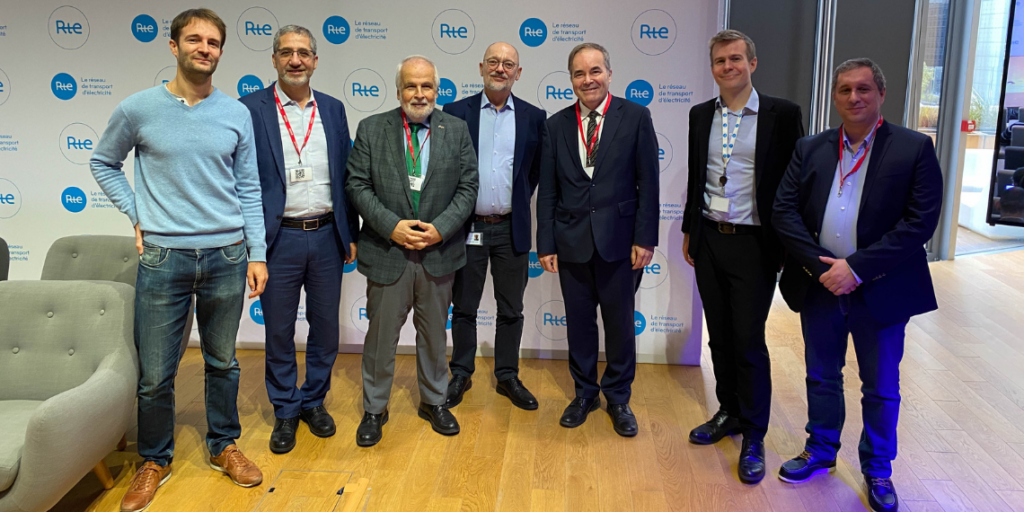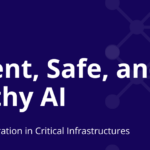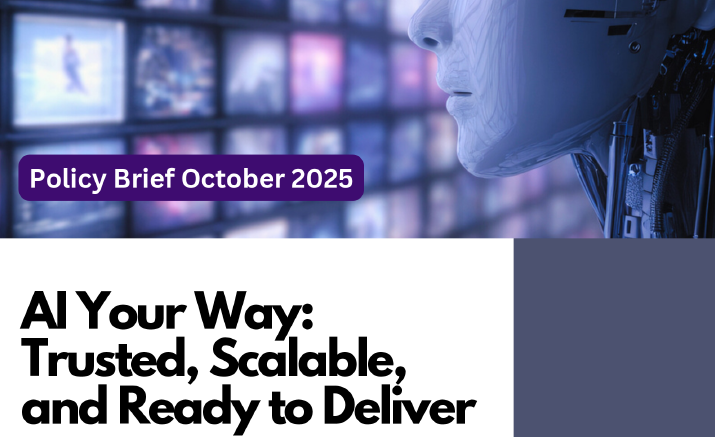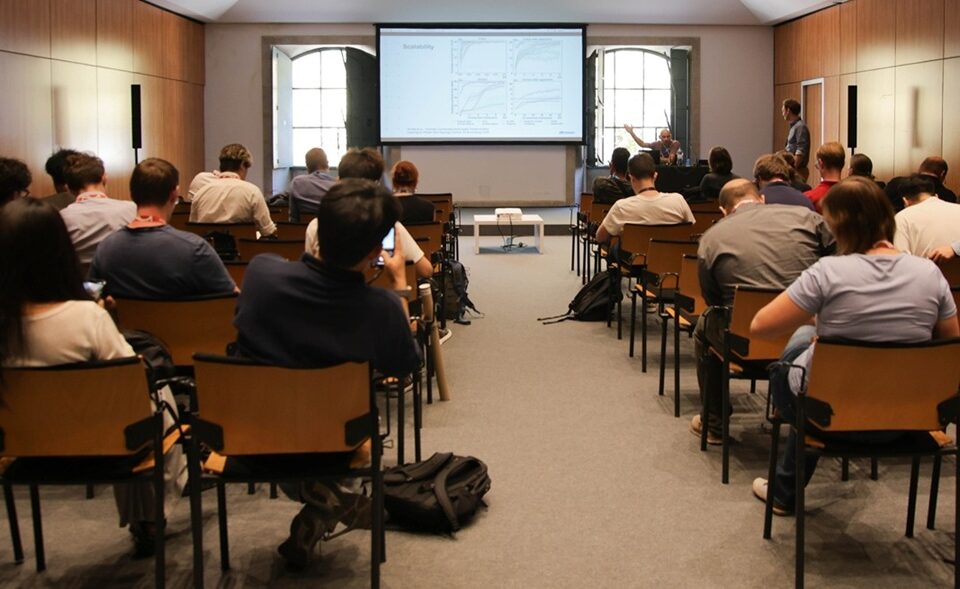News

10/12/2024
AI4REALNET project coordinator contributed to the roadmap on Artificial Intelligence applied to power systems operation
How can Artificial Intelligence (AI) support the power grids of the future? A working group featuring INESC TEC, within the scope of the CIGRÉ – the International Council on Large Electric Systems – has completed a technical brochure on the application of AI to support power systems operation. As part of a tutorial organised by this working group, the international community gathered at an event to discuss challenges and opportunities in this field.
The application of AI in power grids has already demonstrated tangible benefits, particularly in tasks like forecasting electricity consumption and renewable energy production. However, the field is still in an early stage, and there is still much ground to cover. This led to the development of the technical document The Impact of the Growing Use of ML-AI in the Operation and Control of Power Networks from an Operational Perspective. This document serves as a roadmap for the development of AI solutions in the energy sector and includes contributions from INESC TEC. How can AI be used for voltage control and congestion management? How can we operationalise AI algorithms in power systems? The working group behind this document met in Paris to address these and other questions.
Ricardo Bessa, power & energy researcher at INESC TEC, and secretary of the working group, highlighted the significance of this meeting: “during the event, and in the technical brochure, some key points included the hybridisation of physical models with data, reinforcement learning, and emerging concepts like foundational models for power grid operation. The operationalisation of AI algorithms requires an approach that favours fundamental and high-impact use cases, using them as beacons for innovation and skill development.”
Some transmission system operators are testing real-world pilot projects related to voltage control, asset inspection and assessment, intelligent alarm processing, and congestion management. These initiatives promise significant reductions in operational costs and greater efficiency in grid control. “However, the transition to operationalising AI faces significant challenges, e.g., need for high-quality data, computational requirements, and organisational changes, including the creation of specialised data science teams,” advised Ricardo Bessa.
The researcher also highlighted the European project AI4REALNET, coordinated by INESC TEC, which explores how AI can boost the flexibility of power grids in scenarios with significant integration of renewable energy. “We aim to become leaders in technological innovation applied to the energy sector, with active participation in projects and discussion groups. AI-based decision support systems can handle scenarios with partial observability, quantify uncertainty, and their rapid inference potential can transform the real-time operation and simulation of power grids, enabling more flexible power system operations,” he concluded.
The future of a more resilient and flexible power system relies on the use of AI – and INESC TEC is at the forefront of this sector.
in BIP INESC TEC Magazine





